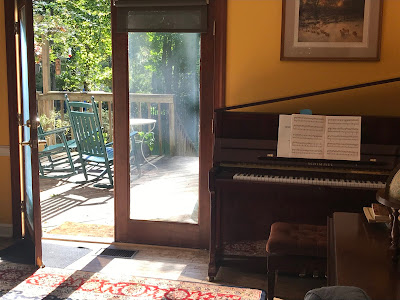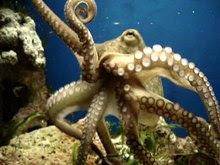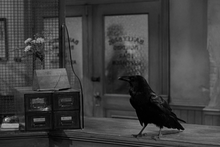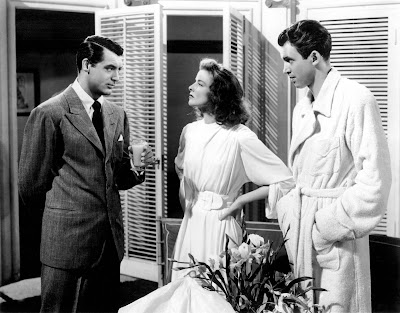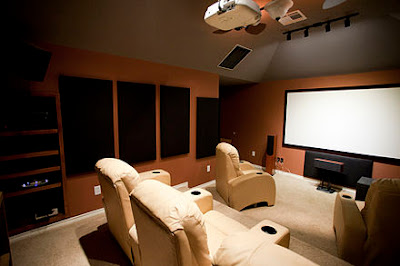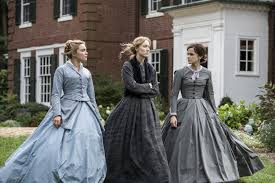Beethoven’s Seventh
An open door, a world of light — and a piano. Scarcely a day passes that I don’t play it, or wish I had. To touch the keys and realize, I own this thing, I can walk over here and pound out a Brahms Intermezzo or a Bach Prelude whenever I want — well it’s been months since I bought this piano but it still thrills me.
Writing about the playing is something else entirely, though. That’s because music is the other, the part that can’t be pinned down by precision. It flows where the words won’t go.
A few nights ago, I found a book of music I’d forgotten I had, transcriptions of orchestral works, including the second movement of Beethoven’s Seventh Symphony, which I took out and played.
This was a piece popularized by an impressive scene from “The King’s Speech,” but whenever I hear it I will always remember the University of Kentucky’s Piano Institute the summer before my junior year of high school. There was a young assistant professor there who taught music theory, and for one class he had us sit in a dingy room in basement of the Performing Arts building with big clunky earphones on our ears and our heads down on our arms listening to this music.
I can’t remember now what lesson we were to take away from that experience. All I know is that in the darkness and with the earphones, the soft dirge of the opening chords built slowly to the crescendo at the piece’s midpoint in a way that made my heart fill near to bursting. And somehow, the other night, I was able to capture a bit of that feeling again … on the new piano.
